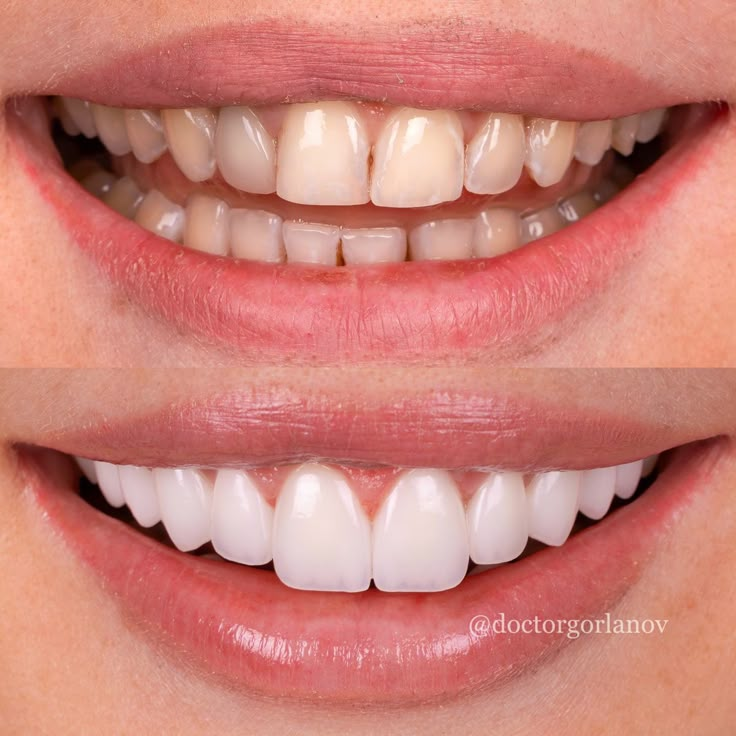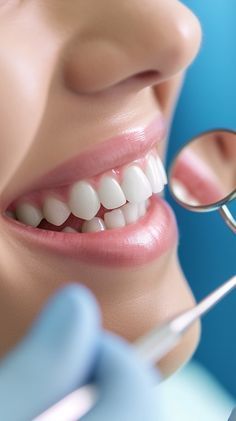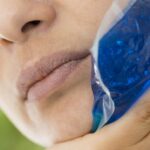What Happens When Teeth Lose Enamel?
Enamel is the hardest substance in the human body, acting as a protective shield for your teeth. However, when it wears away, your teeth become vulnerable to damage, sensitivity, and decay. If you’ve ever seen pictures of teeth without enamel, you’ll notice they appear discolored, weak, and sometimes even translucent.
But what causes enamel loss? What are its effects? And most importantly, what can you do about it? Let’s dive deep into these questions and explore how to protect your teeth.
Causes of Enamel Erosion
Enamel doesn’t wear away overnight. It gradually breaks down due to various factors, some within your control and others that might be genetic.
1. Acidic Foods and Drinks
One of the biggest culprits of enamel erosion is consuming acidic foods and beverages. Citrus fruits, soda, coffee, and even sports drinks contain high acid levels that weaken enamel over time.
2. Poor Oral Hygiene
Failing to brush and floss properly allows plaque and bacteria to accumulate, leading to tooth decay. If left untreated, the decay can eat away at the enamel, exposing the dentin underneath.
3. Teeth Grinding (Bruxism)
Many people grind their teeth unconsciously, especially while sleeping. This constant pressure and friction wear down the enamel layer, making teeth more susceptible to damage.
4. Acid Reflux and Stomach Issues
Conditions like acid reflux, GERD (gastroesophageal reflux disease), and frequent vomiting (as seen in bulimia) expose teeth to stomach acid, which is extremely erosive.
5. Over-brushing and Harsh Toothpaste
Brushing too hard or using abrasive toothpaste can strip enamel away rather than protect it. It’s essential to use a soft-bristled toothbrush and gentle strokes.
6. Genetics
Some people are born with naturally weaker enamel due to genetic conditions such as amelogenesis imperfecta, which affects enamel development.
Effects of Enamel Loss
When you look at pictures of teeth without enamel, you can see the visible signs of damage. But the effects go beyond just aesthetics.
1. Increased Sensitivity
Without enamel, your teeth become more sensitive to hot, cold, and sugary foods. You may experience sharp pain when drinking ice water or eating ice cream.
2. Tooth Discoloration
Enamel is white, while dentin (the layer beneath it) is yellowish. When enamel erodes, the yellow dentin shows through, making your teeth look discolored.
3. Higher Risk of Cavities
Bacteria can easily penetrate teeth without enamel protection, leading to cavities and decay. This can result in painful infections and, in severe cases, tooth loss.
4. Weaker and Brittle Teeth
Teeth without enamel are more prone to chipping, cracking, and breaking. This makes everyday activities like chewing harder foods a potential hazard.
5. Gum Irritation and Infections
Exposed dentin and decaying teeth can lead to gum issues, including inflammation, infection, and receding gums.
Treatment Options for Enamel Loss
While enamel cannot regenerate, ways to protect and strengthen your teeth exist.
1. Fluoride Treatment
Fluoride strengthens teeth by remineralizing the enamel surface. Many dentists recommend fluoride treatments or toothpaste to slow down enamel loss.
2. Dental Bonding
A dentist can apply a tooth-colored resin to cover the exposed areas if the damage is mild. This helps protect the tooth and improve its appearance.
3. Veneers and Crowns
For more severe cases, dental veneers or crowns can cover and protect teeth that have lost significant enamel. These restorations enhance both function and aesthetics.
4. Remineralizing Toothpaste
Certain toothpaste brands contain calcium, phosphate, and other minerals that help rebuild weak enamel and prevent further erosion.
5. Dietary Changes
Limiting acidic and sugary foods can slow down enamel erosion. Drinking water after consuming acidic foods can help neutralize acids in your mouth.
6. Wearing a Mouthguard
Wearing a custom-made mouthguard can prevent further damage for those who grind their teeth by reducing pressure on the enamel.
How to Prevent Enamel Loss?
Preventing enamel loss is easier than dealing with its consequences. Here are some crucial steps to protect your teeth:
1. Maintain Good Oral Hygiene
- Brush your teeth twice a day with fluoride toothpaste.
- Use a soft-bristled toothbrush to avoid damaging the enamel.
- Floss daily to remove plaque buildup between teeth.
2. Eat a Tooth-Friendly Diet
- Avoid excessive consumption of citrus fruits, soda, and sugar.
- Incorporate calcium-rich foods like dairy, leafy greens, and almonds.
- Drink plenty of water to keep your mouth hydrated and wash away acids.
3. Avoid Bad Habits
- Don’t brush immediately after consuming acidic foods; wait at least 30 minutes to avoid rubbing the acid into your enamel.
- Avoid chewing on ice, nails, or hard objects that damage your teeth.
4. Visit the Dentist Regularly
Routine dental checkups help detect early signs of enamel loss and prevent further complications. Your dentist can also recommend treatments to strengthen your teeth.
Why Are Pictures of Teeth Without Enamel Important?
Looking at pictures of teeth without enamel can be an eye-opener. These images showcase the real impact of poor oral health, encouraging people to take preventive measures. They also help individuals recognize early signs of enamel loss in their teeth.

Final Thoughts
Enamel erosion is a serious dental issue that can lead to painful and costly consequences. Once enamel is gone, it cannot be restored naturally. However, by adopting good oral hygiene, making smart dietary choices, and seeking professional dental care, you can prevent further damage and protect your teeth.
If you ever come across pictures of teeth without enamel, take them as a wake-up call to prioritize your dental health. Remember, prevention is always better than cure!
FAQs
1. Can enamel grow back naturally?
No, once enamel is lost, it does not regenerate. However, you can strengthen and protect your remaining enamel through fluoride treatments and remineralizing toothpaste.
2. How do I know if my enamel is wearing away?
Common signs include tooth sensitivity, yellowish discoloration, rough or uneven edges, and increased susceptibility to cavities.
3. What foods should I avoid to prevent enamel loss?
Limit acidic and sugary foods like soda, citrus fruits, coffee, and candies. Opt for calcium-rich foods and drink plenty of water instead.
4. Are there any home remedies for strengthening teeth?
While home remedies can’t restore enamel, fluoride toothpaste, oil pulling, and a balanced diet can help strengthen your teeth.
5. How often should I visit the dentist for enamel protection?
It’s best to visit the dentist at least twice yearly for routine checkups. If you experience tooth sensitivity or other enamel-related issues, schedule an appointment sooner.
Explore more: hadokin










